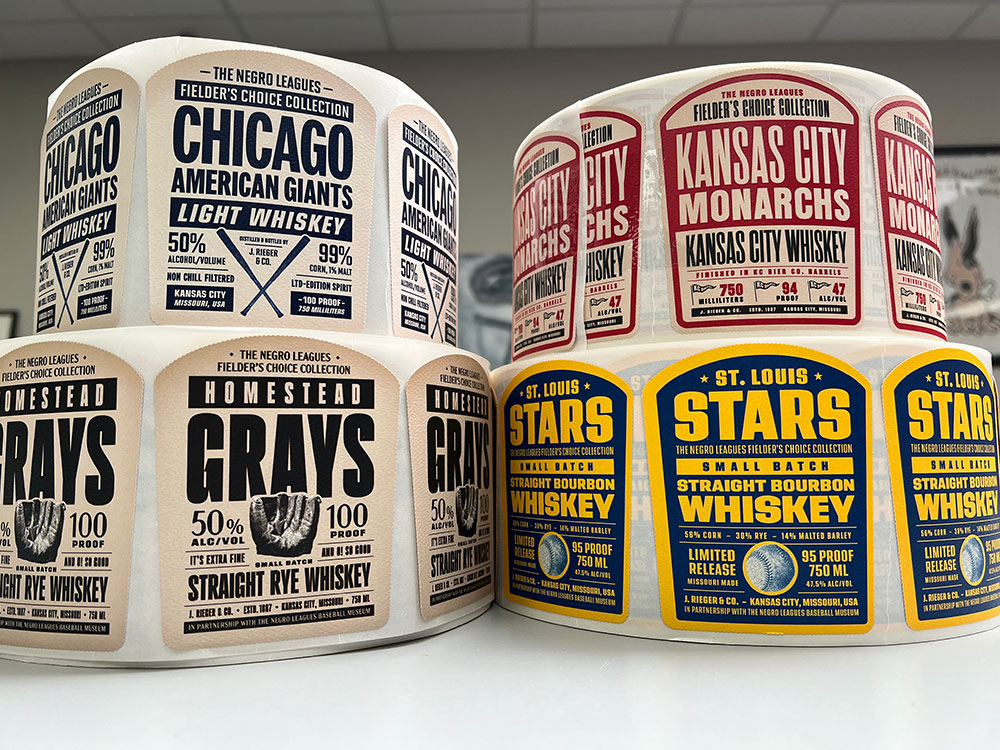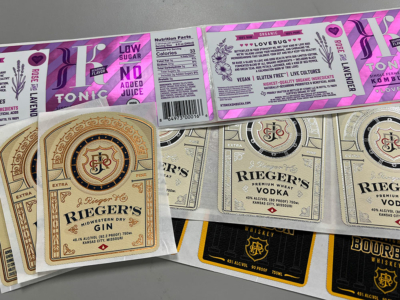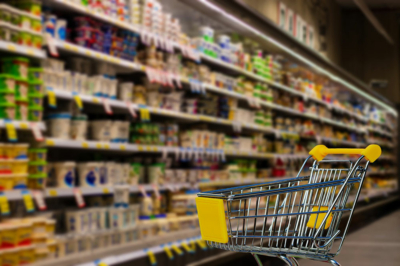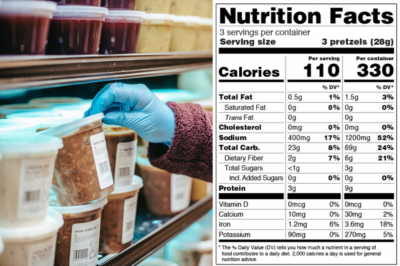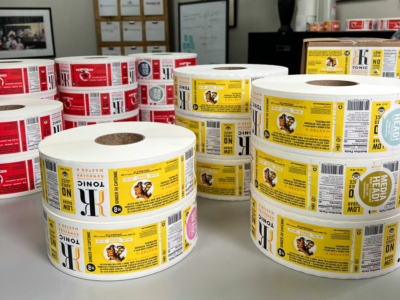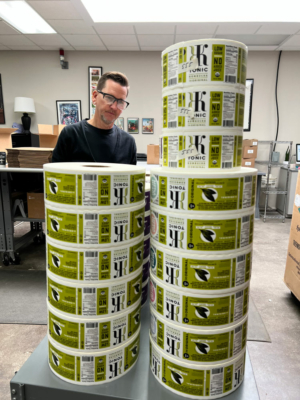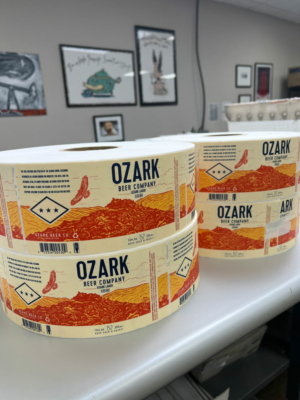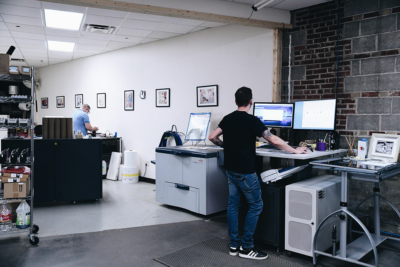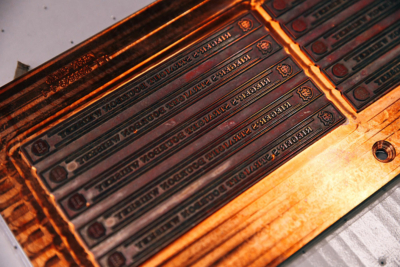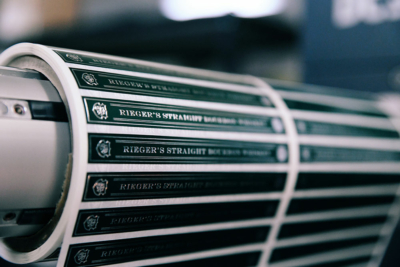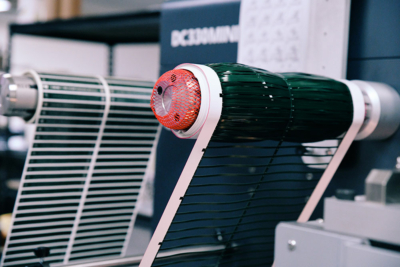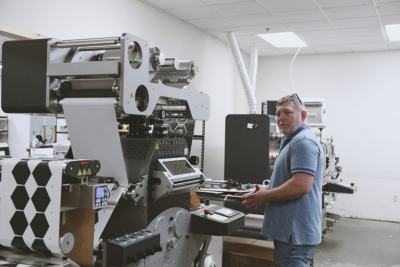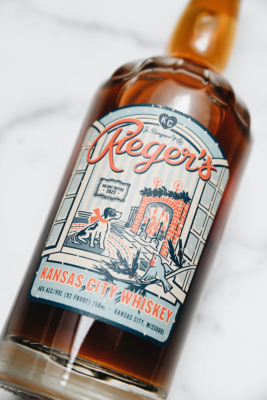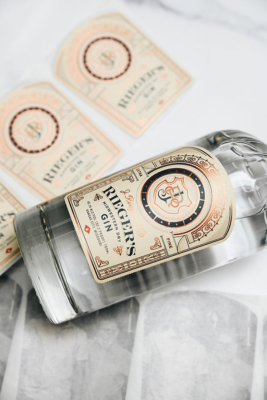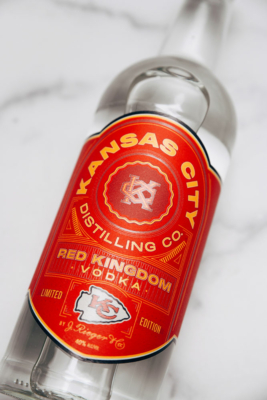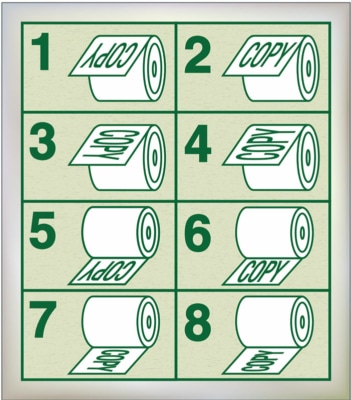By Nikkie Freeman, Fractional CMO at MEDiAHEAD
The craft spirits industry is growing in the United States, with some 2,300 small distillers making their mark in the industry. In such a competitive environment, creating an eye-catching label is essential to making these craft spirits stand out from the crowd. Not only does it help distinguish one craft spirit from another, but it also influences consumers’ decisions.
In this blog post, we’ll explore why high-quality labels are essential to distillery success and discuss ways to make your label shine among the competition.
Why Attractive Labels are Essential for Distillers
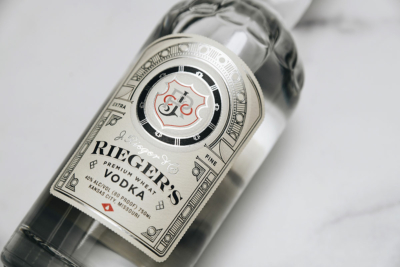 A visually appealing label design is important for distilleries because it is a crowded market, with smaller players dominating the market. In order to get your brand noticed among the other bottles on the shelf, it is crucial to have an attention-grabbing label design.
A visually appealing label design is important for distilleries because it is a crowded market, with smaller players dominating the market. In order to get your brand noticed among the other bottles on the shelf, it is crucial to have an attention-grabbing label design.
Packaging not only distinguishes one artisanal spirit from another but also influences consumer buying behavior. Research shows that 90% of consumers examine packaging before making a purchase decision, and 75% of purchase decisions are made at the point of sale in the beverage industry.
Labels visually communicate what your brand represents. A poorly designed and cheaply made label sets an expectation that the product is also low-quality. If you’ve poured your heart and soul into crafting the perfectly aged spirit, your label deserves the design and quality to communicate just how special and luxurious it is.
How to Make Your Label Shine Among the Competition
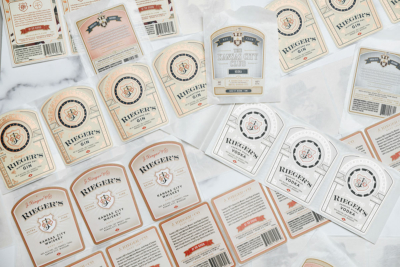 There are a variety of ways to embellish your labels so that they reflect the quality of your whiskey, bourbon, rum, gin or other spirit.
There are a variety of ways to embellish your labels so that they reflect the quality of your whiskey, bourbon, rum, gin or other spirit.
Foil stamping – Hot stamping uses heat and pressure to infuse product labels with real foil imprints, giving them a premium appearance that will help your products stand out on the shelves.
Embossing – By incorporating a raised design into your product packaging, you’ll create an eye-catching appearance that’s sure to draw attention. Plus, the texture is irresistible to touch, giving customers one more reason to engage with your products. To enhance the embossed effect even further, consider combining it with foil stamping for a three-dimensional effect.
Variable printing – Variable data printing empowers brands of all sizes to explore a world of design possibilities and drive engagement like never before. With variable data printing, you can change specific elements of your design, such as graphics and text.
Unique materials – Combine any of the above options with a wide selection of materials, and you’re sure to get a label that is unique as your spirit. Choose from clear or white polypropylene films and smooth or textured papers.
Why Labels are Important for Brand Integrity
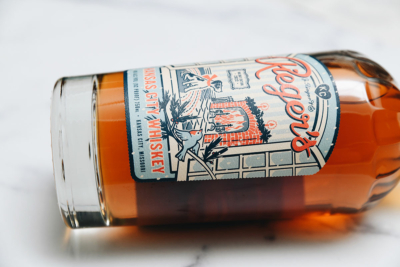 Age, refrigeration, handling and other environmental factors can start to degrade a label – whether it’s the ink fading or getting scratched up or the adhesive failing and coming off the bottle.
Age, refrigeration, handling and other environmental factors can start to degrade a label – whether it’s the ink fading or getting scratched up or the adhesive failing and coming off the bottle.
In order to protect the integrity of your brand, you need high-quality labels made with durable materials with adhesives that will hold up under a variety of environmental exposures. You’ll want to ensure your label continues to look great from the production line, to the store shelf, to the consumer.
How Labels Play an Integral Role in Your Production
Distilleries operate on tight deadlines, and the last thing you want is to hold up your production process because of a late delivery of labels. A reliable printing partner will work within your timeline to ensure that labels are delivered with ample time to spare.
Summary
Crafting a visually appealing label for craft spirits can be daunting, but it is crucial in order to stand out from the competition. Specialty finishes can elevate label designs, while the quality of materials and appropriate adhesives are essential for protecting your brand.
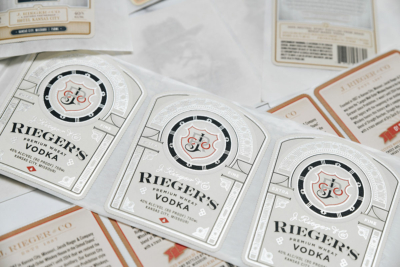 Timely delivery is another important consideration, and holding up production to wait on labels can have damaging repercussions. Working with a reliable partner who understands the unique needs of distillers can help circumvent these issues.
Timely delivery is another important consideration, and holding up production to wait on labels can have damaging repercussions. Working with a reliable partner who understands the unique needs of distillers can help circumvent these issues.
MEDiAHEAD has over 25 years of experience in specialty printing and offers high-quality products with on-time delivery. We take great pride in providing excellent customer service and helping your brand shine.
If you’re ready to create an unforgettable label for your craft spirits, let us help you get started! Contact us today to learn more about our capabilities.
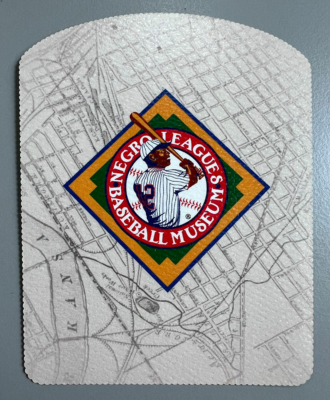 By Kat McDaniel, Principal at MEDiAHEAD
By Kat McDaniel, Principal at MEDiAHEAD
